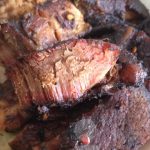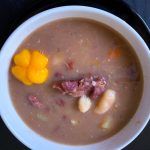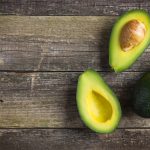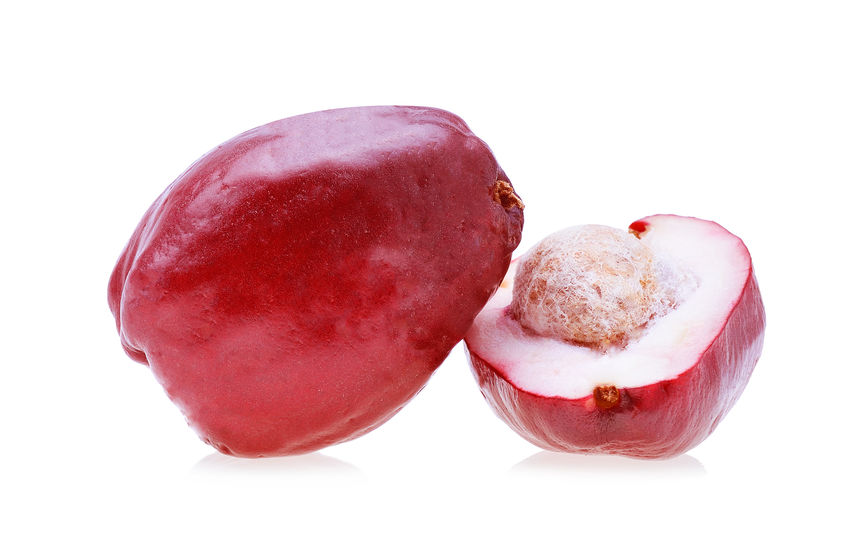
The Otaheite apple is known by a variety of names – Coco Plum, Malay Rose Apple, Mountain Apple and Ethiopia (which is most likely a corruption of the original name) Apple. It came to us from the Pacific Islands and thrived in Jamaica.
This apple is mainly eaten raw and ranges from bland to tangy to very sweet. The skin bruises easily and is red-crimson-burgundy. The fruits darkest in colour tend to be sweetest. The shape is like that of the American pear and the white flesh (which surrounds a modest-sized seed) can be crisp or spongy. Recently, I’ve noticed that these apples seem to be in season all the time. Vendors sell them on the streets at J$100.00 per bag.
This fruit has a high water content (it is 91% water) and few calories. Otaheiti has a range of vitamins (A&C/Riboflavin) and minerals, including calcium, iron and phosphorous. The health benefits from eating Otaheiti apples are many. They are good for improving circulation, hair growth, skin health and vision, building bones, preventing inflammation. If you have diabetes and also suffer from constipation, this fruit can help regulate your system. Note, this list of benefits is far from exhaustive.
The apple can be stewed with sugar to make jam. In some countries, eg. Puerto Rico, people make wine from these apples and the drink is most refreshing—blend apples, ginger, sugar and water to taste and voila!
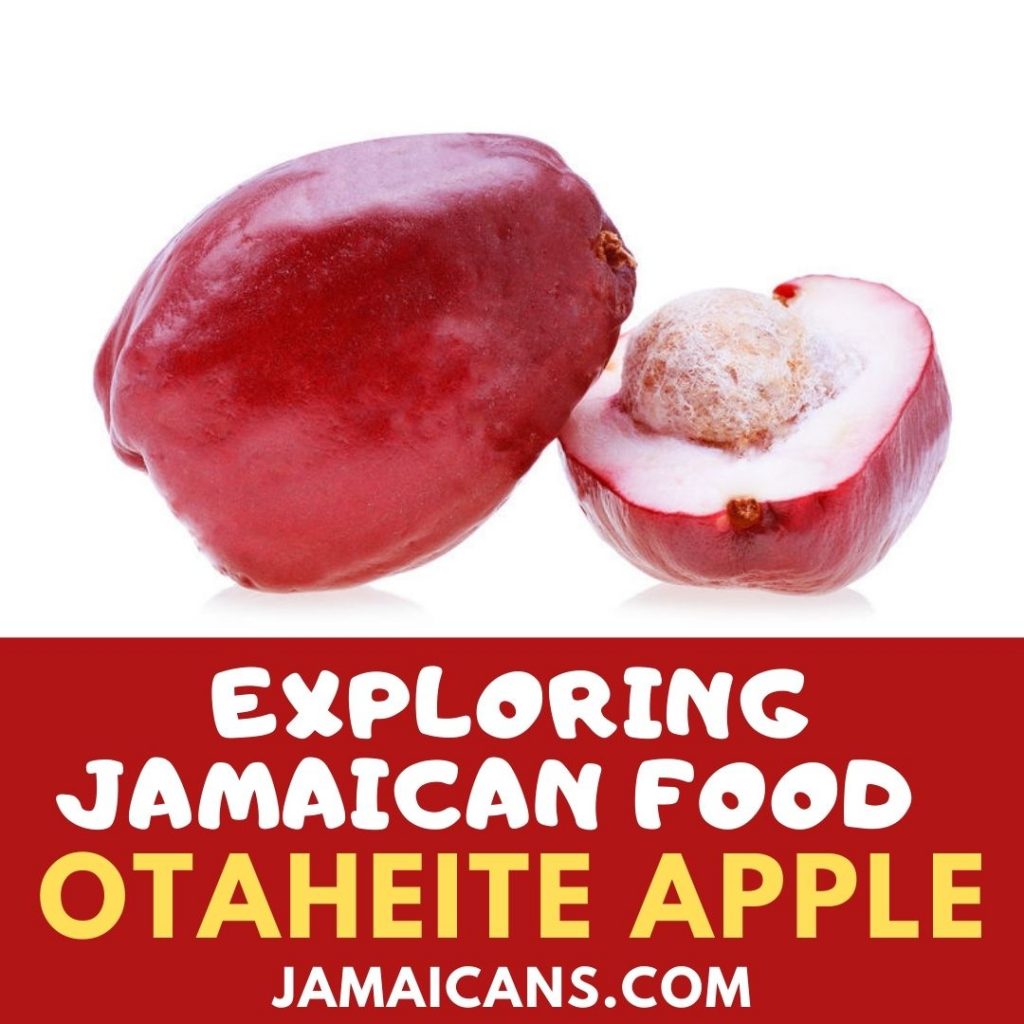
Photo Source: 123rf





